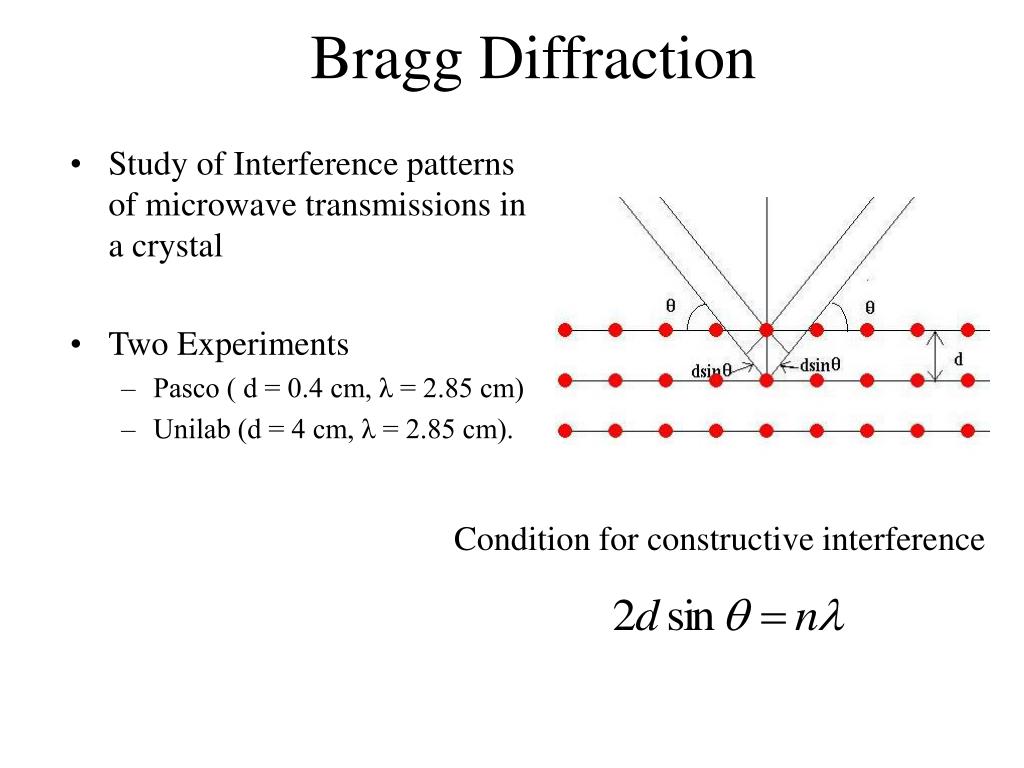

While TEM is also sensitive to the associated lattice strains, their investigation is restricted to 2D and only possible for a small subset of samples (e.g. At near atomic resolution, transmission electron microscopy (TEM) is an essential method, which allows the direct visualisation of lattice defects in two (2D) and even three dimensions (3D) 9, 10. Understanding and exploiting defects in crystalline materials requires probing the material structure from atomic- to macro-scale. Conversely, the behaviour of defects is strongly dependent on the microstructural environment, which provides fantastic potential for tuning material properties 8. Native or induced defects localise distortion of the crystal lattice and thereby reduce the overall strain energy 7. energy generation (nuclear 1 or photo-voltaic 2), energy storage 3, aerospace 4, micromechanics 5 and semiconductor miniaturisation 6. These findings open up exciting perspectives for the modelling of irradiation damage and the detailed analysis of crystalline properties in complex materials.Ītomic defects play a fundamental role in controlling the mechanical and physical properties of crystalline materials, resulting in critical hurdles for advanced applications, as epitomised in e.g. A partially defect-denuded region is observed close to a grain boundary. Our results lead to the conclusions that few-atom-large ‘invisible’ defects are likely isotropic in orientation and homogeneously distributed.
BRAGG DIFFRACTION SERIES
Using this enhanced Bragg ptychography tool, we study the damage helium-ion-irradiation produces in tungsten, revealing a series of crystalline details in the 3D sample. Here we present an x-ray crystalline microscopy approach, able to image with high sensitivity, nano-scale 3D resolution and extended field of view, the lattice strains and tilts in crystalline materials. As such, our understanding of their impact is largely based on simulations with major unknowns. Unfortunately, most of the defects irradiation creates are below the visibility limit of state-of-the-art microscopy. Bragg was 25 years old at the time, making him the youngest Nobel laureate to date.Small ion-irradiation-induced defects can dramatically alter material properties and speed up degradation. Thomson and George Thomson, Hans von Euler-Chelpin and Ulf von Euler, and Arthur and Roger Kornberg, who were all awarded the prize for separate contributions. Other father/son laureates include Niels and Aage Bohr, Manne and Kai Siegbahn, J. They were the first and (so far) the only father-son team to have jointly won the prize. In 1915, William Henry Bragg and William Lawrence Bragg were awarded the Nobel Prize for their contributions to crystal structure analysis. Selection rules for other structures can be referenced elsewhere, or derived. These selection rules can be used for any crystal with the given crystal structure. One can derive selection rules for the Miller indices for different cubic Bravais lattices here, selection rules for several will be given as is. The simple relationship between diffraction angle and Q-space is then The scanning variable can be the length or the direction of the incident or exit wave vectors relating to energy- and angle-dispersive setups.
BRAGG DIFFRACTION FULL
The precedent relation is also called Laue diffraction and not only gives the absolute value, but a full vectorial description of the phenomenon. Then Bragg's law is simply expressed by the conservation of momentum transfer G = kf - ki with incident and final wave vectors ki and kf of identical length. Reciprocal lattice vectors describe the set of lattice planes as a normal vector to this plane with length G = 2\pi / d. More elegant is the description in reciprocal space. Waves that satisfy this condition interfere constructively and result in a reflected wave of significant intensity. This gives the formula for what is known as the Bragg condition or Bragg's law:


 0 kommentar(er)
0 kommentar(er)
